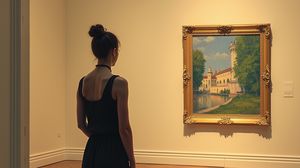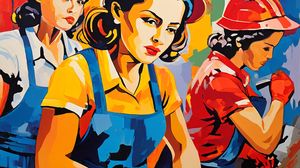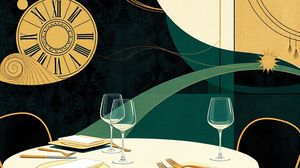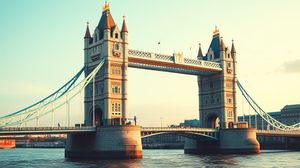
The Deadhouse at Somerset House is an intriguing series of passageways that lie beneath the celebrated arts centre in London. This unique space is embedded deep in the history of Somerset House and offers visitors a glimpse into its layered past. The area is largely known for its historical intrigue rather than ornate adornment, forming a captivating aspect of the broader site.
The Deadhouse is fascinatingly situated beneath the grand courtyard of Somerset House, within a network of underground tunnels and passages. This hidden section was integral to the original design of the site in the late 18th century by architect William Chambers, serving primarily functional roles. It is known for housing a series of tombstones that belonged to a chapel previously occupying the site.
A notable feature of The Deadhouse is its links to a deeply historical moment: the site bears the remnants of memorials, including those of members of the Beaufort family, who once had a chapel here before Somerset House was reconstructed. It offers a peculiar juxtaposition of the present above with the past interwoven beneath one's feet.
The atmosphere within The Deadhouse is a reflection of its name. The space, with its brick arches and low ceilings, can invoke a sombre yet curious aura, inviting contemplation. Visitors are often struck by the preserved nature of the tombstones, many of which date back several centuries, peeking out from the walls and floor.
This underground area is not part of the standard tour of Somerset House, making it a special experience for those interested in the less traveled paths of London's rich history. Though not commonly open to the public, it often features as part of special tours and events, adding an element of mystery and allure.

Making the Most of Your Visit:
When exploring The Deadhouse, take a moment to pause and really study the inscriptions on the tombstones. The intricate details and carvings are fascinating, and trying to decipher the old English is like piecing together a historical puzzle.
If you have a chance to visit during one of the special events, seize it. These events often include guided tours that delve into the history of the individuals whose memorials are here, giving richer context to your visit.
The acoustics in The Deadhouse can be quite interesting due to the brick arches and low ceilings, so be mindful of how sounds carry. It's a good space to enjoy in relative silence, allowing you to absorb the atmosphere fully.
While The Deadhouse might not be open frequently, visiting Somerset House during other open times can still give you a feel for the site's layered history. Look for any exhibitions or pop-up events that may utilize these underground spaces.
On your way out, don't rush. The transition from the somberness of The Deadhouse back to the bustling courtyard offers a unique contrast that's worth experiencing.

Visiting Times & Costs:
The Deadhouse, Somerset House is not regularly open to the public, as it is not part of the standard tour of Somerset House. This space is typically accessible only during special tours and events. Therefore, availability may vary, and it is advisable to check for scheduled openings as part of event listings or special offerings at Somerset House.
Opening Times: The Deadhouse is open during special events or guided tours. These are not held on a regular schedule, so it is wise to look out for announcements regarding specific events.
Cost: Access to The Deadhouse is often included as part of ticketed events. The cost can vary depending on the event or tour package offered at the time. Other parts of Somerset House are free to explore, though specific exhibitions or events may have their own entrance fees.
Accessibility: The Deadhouse has some accessibility challenges due to its historic nature, including uneven surfaces and low ceilings. Visitors with mobility issues might encounter difficulties navigating the space.
For those planning to visit, it is recommended to check in advance for upcoming events and specific access arrangements.

Address & Map:

Nearby:























